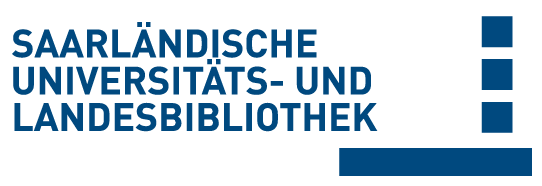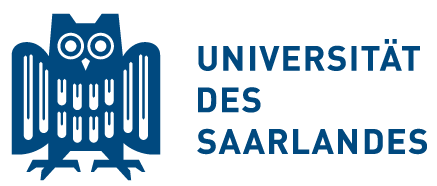Bitte benutzen Sie diese Referenz, um auf diese Ressource zu verweisen:
Volltext verfügbar? / Dokumentlieferung
doi:10.22028/D291-38486 | Titel: | Autoimmune & Inflammatory NMD : EP.12 ER-stress and UPR-activation in immune-mediated necrotizing myopathy |
| VerfasserIn: | Preusse, C. Marteau, T. Fischer, N. Hentschel, A. Lang, S. Dittmayer, C. Schneider, U. Schara-Schmidt, U. Allenbach, Y. Benveniste, O. Goebel, H. Stenzel, W. Roos, A. |
| Sprache: | Englisch |
| Erscheinungsjahr: | 2021 |
| DDC-Sachgruppe: | 610 Medizin, Gesundheit |
| Dokumenttyp: | Sonstiges |
| Abstract: | Immune mediated necrotizing myopathies (IMNM) are part of the idiopathic inflammatory myopathies, precisely defined by international consensus recently. The main characteristics include proximal muscle weakness, substantially increased serum CK levels and detection of the myositis-specific auto-antibodies -SPR54 or -HMGCR in many patients, while 1/3 of IMNM patients do not present those. Notably, both antibodies target proteins of the endoplasmic reticulum (ER)/sarcoplasmic reticulum (SR) and are involved in protein processing. ER/SR-stress accompanied by the activation of the unfolded protein response (UPR) represents a cellular defence mechanism toward restoration of proteostasis and has been linked to the pathophysiology of diseases affecting skeletal musculature. The biochemical procedure is modulated by three UPR-branches: PERK-, IRE1-, and ATF6-mediated. Given that both antibodies target ER/SR-resident proteins, and that altered protein clearance capacity is often accompanied by perturbed ER/SR-homeostasis, we hypothesize that ER/SR-stress may be part of the molecular aetiology of IMNM. To systematically address this, proteomic signatures of muscles from IMNM-patients was analyzed and studied in detail by histological and transcriptional gene studies focusing on UPR-branches and related factors. The results of proteomic profiling confirmed activation of the protein clearance machinery by increased abundances of proteasomal and autophagic proteins along with cytosolic chaperones. We show increased phosphorylation of PERK and eIF2a along with increased expression and protein abundance of ATF4. While our transcript studies did not reveal an increased expression of IRE1, increased phosphorylation of IRE1 was identified by immunohistochemical staining. Further, an increased ATF6-expression was found, and staining results confirmed an increased myonuclear immunoreactivity of ATF6 in IMNM-muscles indicating a myonuclear translocation of the cleaved ATF6-form toward the forced transcription of UPR-related chaperones. In accordance with the activation of the three UPR-branches, our molecular data demonstrate a subsequent increase of downstream factors including co-chaperones and chaperones. In sum, our results demonstrate an activation of all three UPR-branches in IMNM, which most likely precedes the activation of the protein clearance machinery. |
| DOI der Erstveröffentlichung: | 10.1016/j.nmd.2021.07.037 |
| URL der Erstveröffentlichung: | http://dx.doi.org/10.1016/j.nmd.2021.07.037 |
| Link zu diesem Datensatz: | urn:nbn:de:bsz:291--ds-384867 hdl:20.500.11880/34709 http://dx.doi.org/10.22028/D291-38486 |
| Datum des Eintrags: | 9-Dez-2022 |
| Fakultät: | M - Medizinische Fakultät |
| Fachrichtung: | M - Medizinische Biochemie und Molekularbiologie |
| Professur: | M - Keiner Professur zugeordnet |
| Sammlung: | SciDok - Der Wissenschaftsserver der Universität des Saarlandes |
Dateien zu diesem Datensatz:
Es gibt keine Dateien zu dieser Ressource.
Alle Ressourcen in diesem Repository sind urheberrechtlich geschützt.

